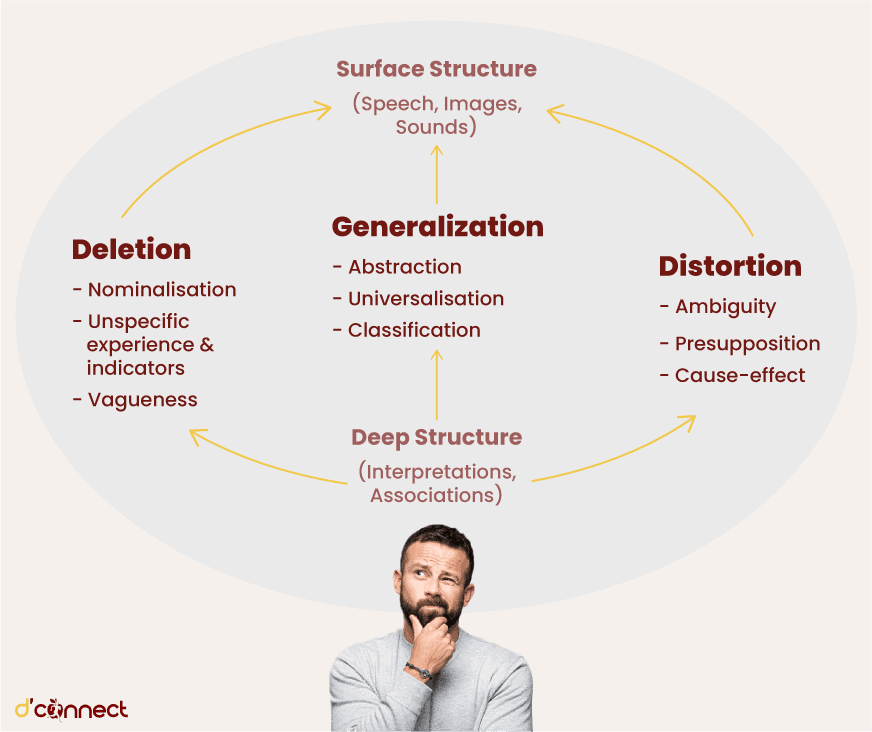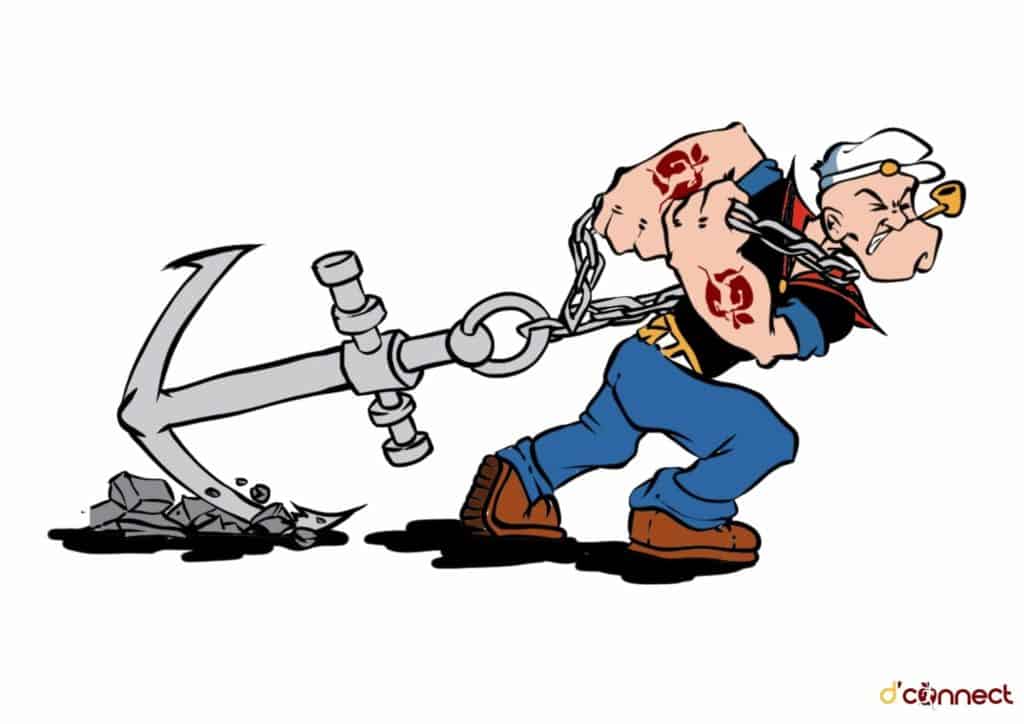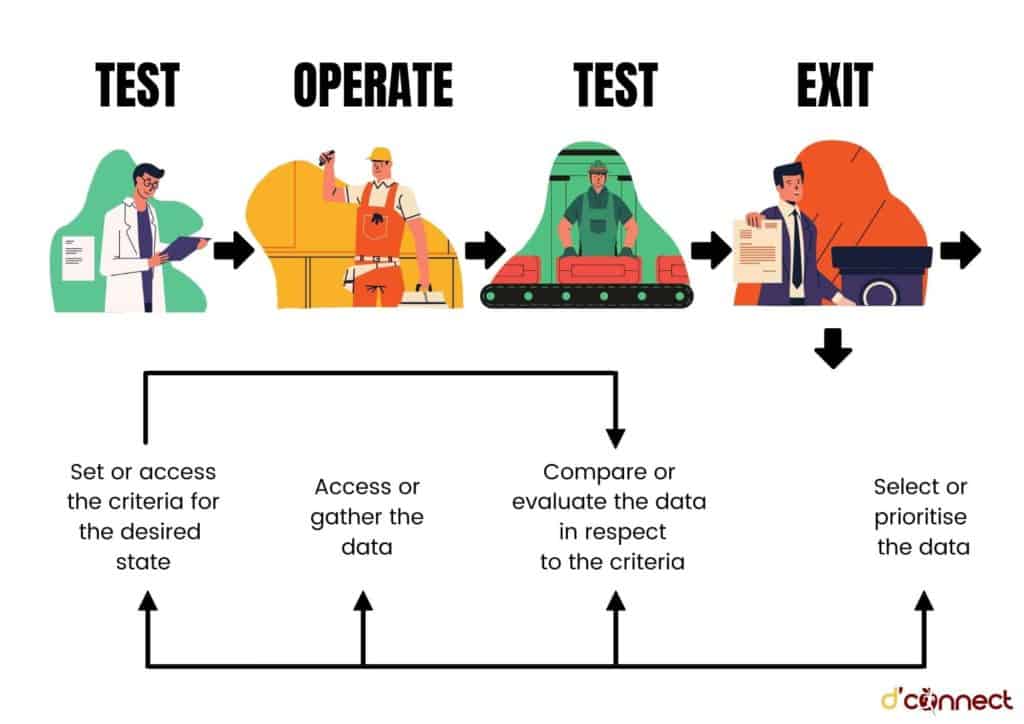
Christine Walter
Hypnotherapist, Life Coach, mBit Master Coach and NLP Master Practitioner
Note — The article was checked and updated February 2023.
In our previous article Neuro-Linguistic Programming: Key Methods and Techniques (Part 1) we have talked in detail about Well Formed Outcomes, Model of Communication, Prime directives and others.
Today we will discuss and cover the rest of Neuro-Linguistic Programming methods and techniques such as:
- Milton Model
- Meta Model
- Anchoring
- Framing and Reframing
- Strategy Elicitation and Design
Understanding and practicing these techniques will provide a deeper insight into our own behavior and habits, and we’ll be able to selectively distance ourselves from things that are not helping us to advance in life.
Ericksonian language patterns and metaphors
This is also known as the “Milton Model”.
Milton Erickson was a psychiatrist and psychologist who transformed hypnotherapy. Milton’s learnings mainly came from the challenges he had in his own personal life – dyslexia, color blindness, being tone deaf and almost dying from polio.

Through his own research and experimentation Erickson developed a series of language patterns which connected to the unconscious mind.
He believed that the usual authoritarian ways of hypnosis were not conducive to the person following instruction and developed an “artfully vague” way of speaking which proved very effective.
These language patterns can be found not only in hypnosis today but also in marketing, politics and influential language patterns. Examples of these patterns include:
Cause and effect – by doing one thing you get another (e.g. as you read this article you will then learn about NLP).
Mind Reading – this is assuming to know what the other person is thinking (e.g. I know you are probably reading this and still not sure how it works).
Pacing Current Experience – utilizing what is obvious to the speaker, often in a sensory or behavioral way, to describe the current experience (e.g. as you read this article (this is the pace) you may have more questions (this is a mind read)).
Utilization – this is similar to pacing current experience. Apart from pacing a person, we can also utilize the current environment. Examples below:
Someone might say “I don’t know if I can learn all of this” in which case the Ericksonian response might be “That is right, you don’t know you can learn this all right now…”
Utilizing the environment “as you hear the birds sing…”
Double Bind – offering a perceived choice (e.g. would you like to continue reading now or discuss this point before finishing the article?).
Tag questions– asking a question although the answer is already clear (e.g. you can do that can’t you?).
These last two examples also require correct use of tone. While they are questions, they require the tonality of the speaker to lower at the end of the sentence, opposed to the normal upward inflection when asking a question.
The conscious mind hears the question, the unconscious mind hears a command
Before leaving Erickson it would be remiss to not note other contributions he has made.
Firstly, the power of a metaphor. All people love stories in their many different forms and Erickson noticed this in his research. He observed that stories and metaphors connect with the unconscious mind and allow the listener to reference their own map of the world for understanding and meaning.
He found that using stories in his speech and hypnosis, often with ideas of outcomes and resolutions, the person could find their answers.
Secondly, being the second oldest of nine children, seven of which were girls, Erickson was a great observer of non-verbal language. His learnings here contributed to NLP incorporating rapport, pacing and leading and communication through physiology, tonality and words.
These are key parts which are taught early in an NLP Practitioner course and contribute to the art of influence.
Meta Model
Balancing Milton Model is the Meta Model based on the work of Virginia Satir and Fritz Perls, both leading psychotherapists of the time. While Milton Model is “artfully vague” the Meta Model delves deeper into what is being said.
People speak in a simplified version of deep structure thinking and often generalize the information, distort it according to their beliefs or delete information within the conversation framework.
Meta Model helps to identify this and ask questions that quickly eliminate the vagueness and identify the root of what is being said.
Like Erickson, it identifies language patterns (which include cause and effect, mind reads and double binds to name a few). Utilizing these assists directing questions for more knowledge or understanding.
An example of this could be someone stating “He makes me angry the way he looks at me.” In this example some accurate presuppositions can be made.
- That a male person is looking in some way at the speaker
- That the speaker gets angry when they do so
But the sentence also assumes that the look is making the person angry involuntarily and the speaker has no responsibility over it. This may be true to an extent in that the person does not understand what the look is triggering within themselves, but ultimately they do have responsibility over how they feel.

This sentence is an example of “Cause and Effect” in the Meta Model. The look creates the internal response – it is a distortion from the receiver’s map of the world and they are incorrectly placing the cause outside of themselves.
The NLP Practitioner would challenge this statement by asking questions to delve deeper into what is occurring for the receiver or to gather more information such as “what is it about the look that means you choose to get angry?” This recovers the choice over the response and gives responsibility back to the receiver.
It is a model that requires finesse as it can easily break rapport.
Anchoring
Anchoring is a technique that utilizes the natural states – physical and emotional. The most common anchor is to be able to stimulate a physical state at will that is resourceful to an outcome.
A very famous example of anchoring, certainly in the Southern Hemisphere, would be a haka performed before a sports game.
This performance unites the team (entrainment) and allows each performer to ignite their own strong internal state to be formidable on the sports field. It becomes the trigger that fires the anchor and the state naturally occurs.
Within the term of anchoring there are a variety of different techniques taught. It is possible to
- Create an anchor
- Collapse anchors
- Stack
- Chain
- Slide anchors, each for a resourceful purpose[1]

Everyone has their own anchors, resourceful and unresourceful – perhaps the need for a cup of coffee to start the day, or maybe wearing the same lucky charm at a certain time – all of these are forms of anchoring that create states.
Framing and Reframing
Communication for understanding people, positive influence and good outcomes for self and other people is an important part of NLP.
Framing a conversation, in NLP, encourages the NLP practitioner to position the conversation to a specific context.[2]
This allows conversations to flow, for elements of conversation to be discussed from different viewpoints or offer different meanings. These can be particularly useful in challenging conversations and business meetings – to open up a conversation and overcome sticking points.
Two examples of framing a conversation are:
Ecology Frame
Moving the conversation or posing a question that allows consideration to the consequence of any action taken on the wider community, family, friends, workplace, environment – or even humanity. Is it congruent with who the person is or what the business stands for? Is it integrous?
This frame offers movement with wisdom and for the greater good.
“As If” Frame
This simple frame provides opportunity to be creative in problem solving. Take time to imagine the challenge “as if” it were already successful. What steps have been taken or overcome to allow this success?
This frame can also be used to think like someone who is not present currently in the conversation (e.g. “if Jane were here, what would she say?”).
It can be used to assist in overcoming challenges before they arise (e.g. “if this were to happen, what would we do to overcome it?”).

Many people get stuck because they only notice what could go wrong. The ‘As If’ frame allows the opportunity to step outside of that thinking to explore further.
Of course, it can also be used to spend time in the position of noticing what can go wrong as well – in order to find ways through!
Overcome challenges before they arise
Walt Disney used to spend time in the thought pattern of noticing what could deter from success in order to plan for it. This is known as “The Critic” in the NLP Disney Strategy which was modeled on Walt Disney and his success.
Reframing
Reframing operates from the presupposition that humans place meaning on events.[3] It is a natural part of human framework in order to make sense of the world.
This means defining things or events into good or bad, right or wrong, or what it means to the individual from their own map of the world.
Stories, metaphors and fairy tales are all reframes. Comedians make a living from reframing what they notice in life. In fact, “upcycling”, a current trend, is an example of how common reframing is. Each is adding another reference point to what is being focussed on.
Because reframing is naturally occurring, NLP reframes for different viewpoints and meanings that are more in relation to resourceful outcomes and to explore other possibilities.
Context is very important to the NLPer. Because all behavior has a positive intention (one of the NLP presuppositions), it is possible to explore behavior by reframing – in what context is the reference created relevant?
Alternatively, when would this NOT be relevant? What is the internal context that the meaning is being referenced from and therefore is it the right one for this situation? Actor Bill Murray once said “whatever you do always give 100%. Unless you are giving blood.” A context reframe.
Advertising and sales utilize content reframe in a similar way
Volvo Trucks wanted to demonstrate the stability and precision of the Volvo Dynamic Steering in their trucks. They employed Jean Claude Van Damme to be in the advertisement – a great reframe to demonstrate their point.[4] This $4 million advertisement generated $170 million revenue for Volvo.
During NLP training, the NLPer will learn Sleight of Mouth Patterns – these are another way to reframe. There are approximately 13 of them and they offer other ways of looking at an event or the meaning placed on an event. Consider the statement:
“My life is in turmoil. It is out of control right now!”
This can be reframed by:
Generalize – “With the pandemic affecting the world lots of people are feeling this way.”
Step down – “What specifically is out of control in your life right now?”
Positive Outcome – “I understand it feels out of control right now. If you thought for a moment, what could be a positive from experiencing this?”
Strategy Elicitation and Design
Strategy Elicitation relates to the Programming part of NLP.
A strategy is a specific arrangement of external and internal experience which will consistently produce a specific outcome. It can be as simple as the act of getting ready for bed.
Some strategies are useful and provide desired results, others work against what is consciously desired and has probably been programmed in through a significant emotional event or during the early learning years.
Utilizing an NLP strategy elicitation model, the NLP practitioner will ask the client to notice the trigger which creates the behavior.[5]
They will then delve into the internal and external experiences of the strategy and how the strategy is finished. This offers the ability to contextualize the process and notice it from an observer’s position.
Based on the sequencing of computing the TOTE model, established in the 1960’s, is a common strategy elicitation model. TOTE is an acronym for Trigger, Operation, Test, Exit.

The NLP Practitioner records the information as it is offered and works with the client to interrupt the strategy at a pivotal point and to redesign a new strategy.
Other techniques
From these sections on NLP, and laced with finer details within the headings, a considerable number of techniques have been shared that can be applied to affect desired outcomes. To know and be able to competently implement these learnings means that the practical application is natural, exciting and powerful.
If you are looking to become a practitioner, standard techniques taught along with the ones already mentioned will include:
Standard Belief Change – eliminating an unwanted unresourceful belief and introducing a powerful resource belief via a process of utilizing submodalities of visual, auditory and kinaesthetic representation systems.
Like to Dislike Model – a specific technique to change a food or liquid a person likes into one they dislike.
SWISH Pattern – A useful technique to change unwanted responses or habits to a situation.
Fast Phobia Model – This technique assists in reducing/eliminating a fear. It utilizes visual and kinaesthetic processing of a person to “rewrite the story” that has been creating the phobia.
Parts Integration – This technique utilizes the prime directive of the unconscious mind that it works best as a “whole”. It allows the unresourceful “part” to be acknowledged and conversed with and aligned with the main “part” it originally existed with, so that they may once again be as one.
Basic Timeline Elicitation and change models – People discuss life in sections of time – the past, present, and in the future. Our behaviors and beliefs become habits because of the past. Some work well for the future, and some will deter us from future plans.[6]
Conclusion
At this point of the article I would like to add a cautionary note. A full understanding of Neuro Linguistic Programming and the background to understanding what allows these techniques to work should be obtained BEFORE practicing the techniques.
RELATED — What is Neuro-Linguistic Programming and Does It Work?

It is easy to find many steps to the techniques with a simple Google search. However, techniques which deal with deeper emotional events, or that can trans derivate the person in an associated state can impact people significantly.
This is where the importance of understanding and behaving with high congruence and ecology becomes paramount.
As noted in earlier sections, the outcomes can be related to therapy, goal setting, personal, health or professional outcomes.[7]
An anecdote to this, I recently came across a NLP technique to alleviate allergies; a technique which a colleague uses with great success as one of the tools in curing irritable bowel syndrome. I personally use the Phobia Model as a tool toward helping men overcome erectile dysfunction.
Simply put, NLP can permanently change unresourceful beliefs and change a person’s behavior and self perception. NLP offers us opportunities for true generative learning.
Christine Walter is a Hypnotherapist, Life Coach, mBit Master Coach and NLP Master Practitioner and a trainer of these modalities. She has her own practise moving between Auckland and Waihi area.
Christine is a founding director of ANZCAL, NZ’s coaching accreditation organisation. You can learn more about Christine at Lodestone.
References
(1) Walter, C., (2014). Circle of Excellence – enabling you to prepare for success. Retrieved from https://www.lodestone.nz/circle-excellence-enabling-prepare-success/
(2) Walter, C., (2016). Frame That Conversation for Success. Retrieved from https://www.lodestone.nz/frame-that-conversation-for-success/
(3) Walter, C., (2015). You Are Undoubtedly the Worst Pirate I Have Heard Of. Retrieved from https://www.lodestone.nz/you-are-undoubtedly-the-worst-pirate-i-have-ever-heard-of/
(4) Advertisement – Volvo Trucks – The Epic Split feat. Van Damme (Live Test) Retrieved from https://www.youtube.com/watch?v=M7FIvfx5J10&
(5) O’Connor, J., Seymour, J., (2001) Introducing NLP, Psychological Skills for Understanding and Influencing People. Conari Press
(6) McDermott, I., Jago W., (2001) The NLP Coach, A Comprehensive Guide to Personal Well-Being & Professional Success. Piatkus Books
(7) Alder, H., Heather, B., (1998) NLP in 21 Days, A complete introduction and Training Programme. Piatkus Books






